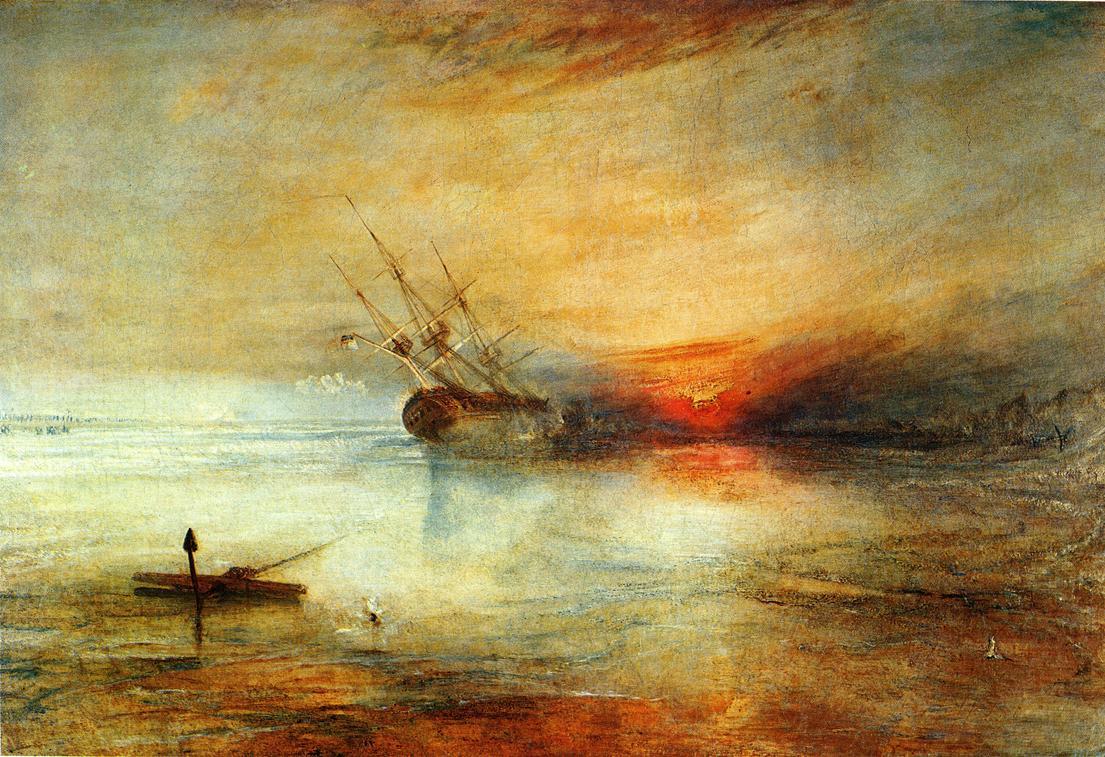MACHINA - Design & construction of a transportable RFQ for PIXE analysis

The MACHINA (Movable Accelerator for Cultural Heritage In-situ Non-desctructive Analysis) collaboration has developed a ‘miniaturised’ Radio Frequency Quadrupole (RFQ) accelerator that is expected to open up new possibilities for the analysis of fine art and cultural artefacts. It employs a technique called Particle Induced X-ray Emission (PIXE) to measure the elements present within a sample exposed to a beam of low-energy particles.
PIXE is performed in laboratories around the world to study the history and authenticity of artworks. However, these facilities are large and expensive to operate. The MACHINA device is smaller, enabling it to be used by museums and businesses that do not have the resources to access larger facilities. This will enable on-site studies of artworks, examining, for example, which pigments were used and whether the piece is genuine. Its small size also means that it can be transported to fixed artworks, or those too delicate to be moved. The project is a collaboration between the Italian Istituto Nazionale di Fisica Nucleare (INFN) and CERN, through its cultural heritage network CHNet.
In April 2018, the project was launched at the Opificio delle Pietre Dure (OPD) in Florence, one of the world’s leading institutes in art restoration.
